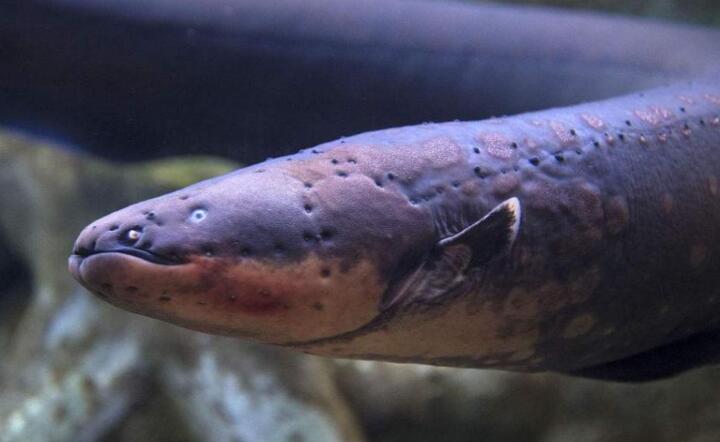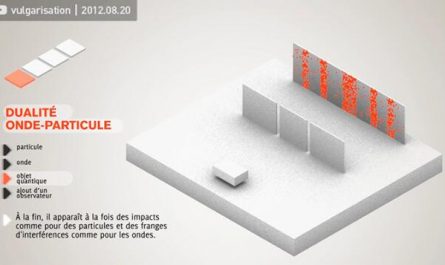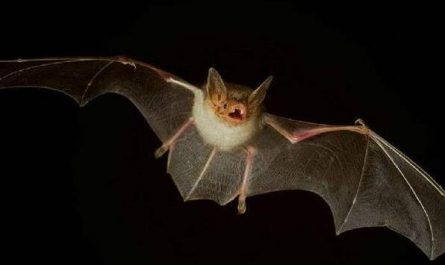The battery of the mobile phone is exhausted, the power bank is exhausted, and it happens to catch up with the power outage at home… If I raise an electric eel, wouldn’t I just need to pay a little fish food to charge the mobile phone indefinitely?
So, what kind of fish is electric eel? What is the difference between the electricity it generates and our usual household electricity? Let’s learn about this fish with its own “magic attack” today.
River monster with its own electric current
Electric eel, this mysterious fish that can emit a powerful electric current always reminds people of the dark and muddy rivers in the Amazon rainforest and the mysterious monsters hidden in them.
In fact, the appearance of electric eels is indeed somewhat similar to monsters. It can grow up to 2.5 meters in length, with a broad and flat head, small eyes like mung beans, and many dense pits on its face.
This look has nothing to do with “beauty”, but if in the slightly turbid water in the aquarium, a dark-brown “monster” that is thicker than its arms emerges from the water plants in a manner of a king patrolling the territory. Slowly appear and swim towards you, you will definitely be shocked by the figure of this “river monster” from South America.
The electric eel has no dorsal and pelvic fins, and the caudal fin degenerates to only a small amount, which merges with the anal fin. When they usually swim, they mainly rely on the wave-like swinging anal fin to push themselves forward or backward. This swimming style allows the electric eel to move smoothly in the water without any swinging when it is swimming. It looks very elegant. .
In the South American hometown of electric eels, they live in the waters of the Amazon and Orinoco rivers. These literal “torpedoes” sneak in the muddy waters of swamps, shoals, and small rivers, using the electrical pulses they emit to Detect the surrounding environment. In such turbid water, the field of vision is not so important, so the eyes of the electric eel become extremely small and the vision is quite limited.
It is precisely because they can rely on electrical pulses to detect their surroundings, so they can accurately spot prey in turbid water. If they lock the prey, they release a powerful electric current to kill or stun the prey, and then have a full meal. If any carnivorous animal wants to attack it, the electric current of the electric eel will leave an unforgettable impression on the other side.
Since the name is electric “eel” and it looks like an eel, then the electric eel must be a kind of eel?
It would be a big mistake to think so. Although the name is electric eel, from the point of view of taxonomy, electric eel belongs to electric eel under the catfish-shaped head, electric eel family, and electric eel genus. If they are related to each other, they are actually closer to catfish.
However, because their slender body is more like an eel than a catfish, people still gave them the name “electric eel” when naming them. Another type of fish that lives in Africa is named electric catfish.
The earliest description of electric eels appeared in the 16th century. When Spanish explorers rode through the waters inhabited by electric eels, the horses that stepped on the electric eels were shocked, and people realized this kind of fish that can emit strong electricity.
For a long time, people thought that there was only one type of electric eel (Electrophorus electricus), but according to a 2019 study, biologists divided the electric eels distributed in the Amazon River basin into three species, namely, electric eels ( Electrophorus electricus), E. voltai and E. varii. Among them, the voltaic electric eel has the strongest power generation, reaching 860 volts. It is also the fish that can emit the highest voltage in the world.
Three kinds of electric eels Source丨Wiki Three kinds of electric eels Source丨Wiki
The picture above shows three types of electric eels, from left to right are electric eels, Volta electric eels, and Watts electric eels. The position of the anus of the electric eel is very forward.
Where does the electricity come from?
At the price of a strong power generation capacity, the electric eel has evolved an extremely compact body. Its internal organs are concentrated in a small section behind the head, and even the anus is squeezed onto the chin. And 80% of its entire body is a power generating organ. Perhaps we can say this: The electric eel is actually a “big head doll”, except for the internal organs of the front half of the body, the rest is the tail.
So, what does the electric eel rely on to generate electricity?
In fact, as long as it is a cellular organism, most of the cells in the body will discharge. We learned in high school biology class that the outer surface of the cell membrane is positively charged, while the inner and outer surfaces are negatively charged, and there is a resting potential under normal circumstances. When the cell is stimulated, the sodium ions (positive charge) outside the cell membrane will enter the cell through the sodium ion channel. The entire cell membrane changes the charge regularly, generating action potentials to transmit signals.
For normal cells, the change of electric potential will not be transmitted to a specific direction with the cell as the center, because the cell membrane of the whole cell is the same, while the power generation cell of the electric eel has a different cell membrane structure. This kind of cell has only One side has sodium ion channels, and the other side does not, which makes the change of potential directional, which is equivalent to a battery that can only discharge in one direction.
The structure of the power generating organ of the electric eel Source丨The structure of the power generating organ of the electric eel Source丨Network
Each power generation cell of the electric eel can emit a voltage of about 0.15 volts, and there are about 5000-6000 power generation cells in the whole body. When a discharge is needed, the electric eel first charges the power generation cells, and then suddenly connects all the power generation cells in series to instantly release a voltage of hundreds of volts.
When the electric eel is hunting, it will also bend its body to enclose the prey, or bite the prey so that the two points on the front and back of the body contact the prey at the same time to “short-circuit”, thereby increasing the killing effect of the current. In the video above, we can see that when the electric eel attacks its prey, its front body makes a significant bending movement.
Also note that there will be no “special effects” such as lightning or blue and white electric light when the electric eel is generating electricity.
Power Fish Corps
In addition to electric eels, there are many fish that can emit electricity. However, with the exception of a few species of fish that can emit strong electricity, most of the power-generating fish have very weak currents and are mainly used to detect the surrounding environment and communicate with similar species.
The electric catfish (Malapterurus electricus) belongs to the Catfish family Siluriformes. It is distributed in Africa and can reach more than one meter in length. It is a large carnivorous fish. The electric catfish can discharge up to 350 volts, enough to stun prey, so it can be counted as a strong electric fish.
Electric rays (Torpediniformes) are a type of cartilaginous fishes distributed in shallow waters in temperate and tropical waters. Some of them can discharge up to 220 volts.
The electric eel (Apteronotidae) is native to the Amazon River in South America, and the electric eel we are talking about today is a fellow. Some of them can be found in the ornamental fish market because of their beauty and are loved by many people. Unlike the above-mentioned strong electric fish, the electric eel has a weak discharge intensity and is mainly used to detect the surrounding environment.
Elephant-nose fish (Mormyridae) belong to the order Bone-gloss fishes. This type of fish occasionally appears in ornamental fish markets. They use electric current to detect food hidden in the river bottom sediment, and they can even use electric current to carry out similar activities. communicate with.
In addition to the electric eels and the fishes that have the ability to generate electricity, there are many fish in nature that can use electricity, including generating electricity or detecting electrical signals.
However, for these discharge fish, even voltaic electric eels with voltages as high as hundreds of volts cannot discharge for a long time, so it is impossible for them to maintain a long-term stable voltage. As for the “important task” of charging mobile phones, let’s leave it to the power bank.






